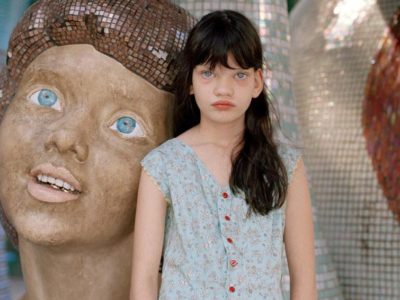FotoFirst — Manipulated Photos of Mountain Ranges Explore the Romantic Idea of the Sublime
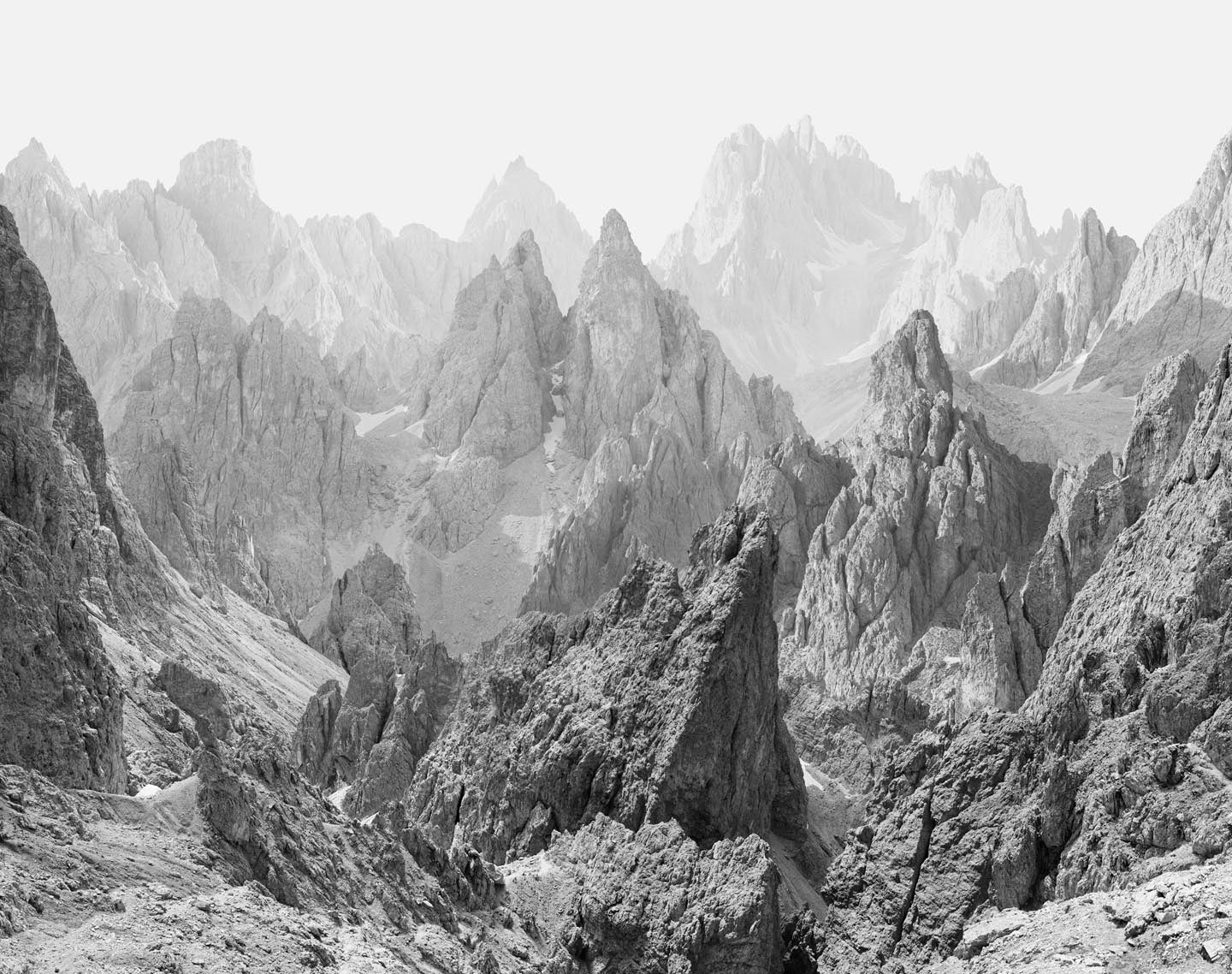
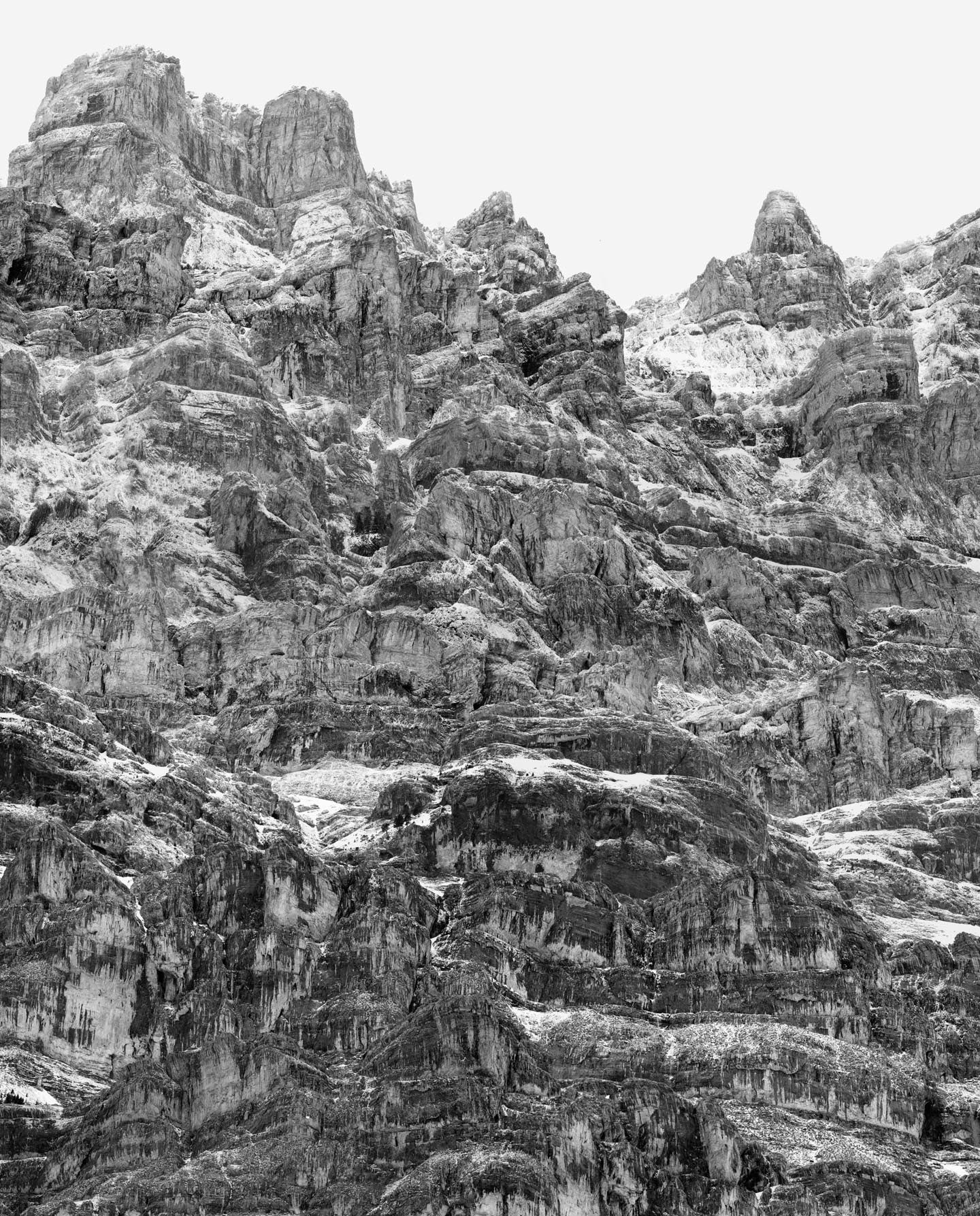
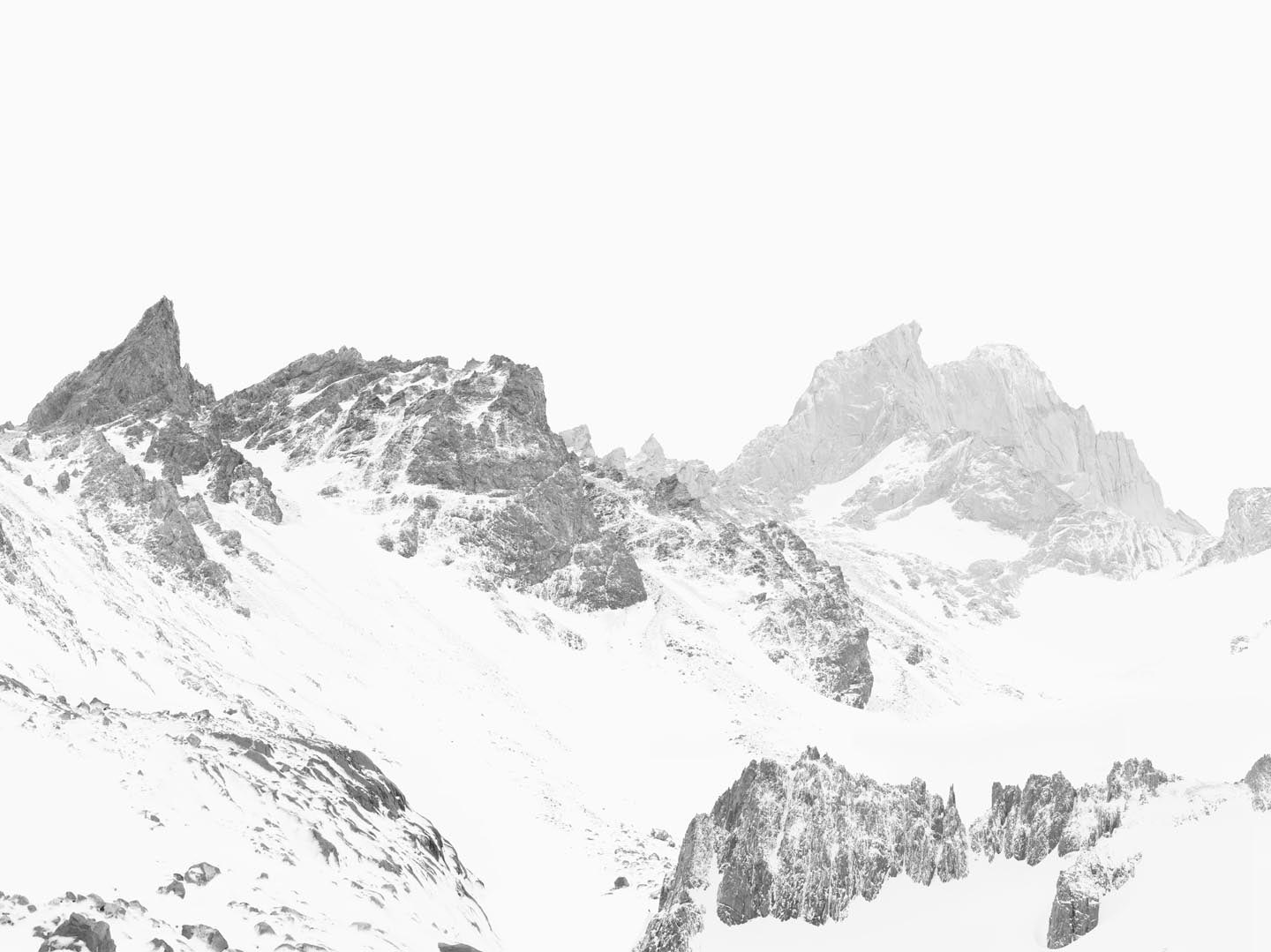
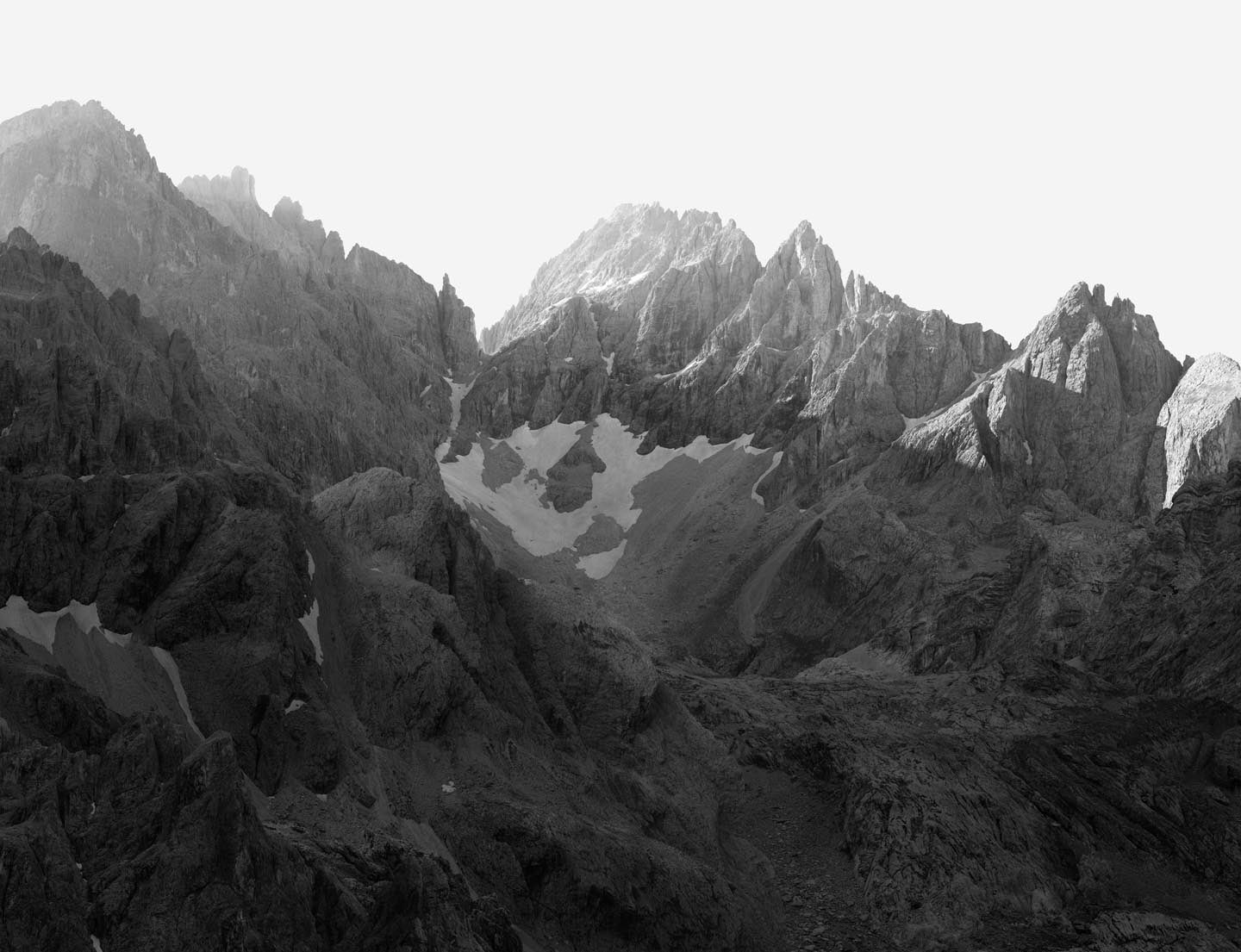
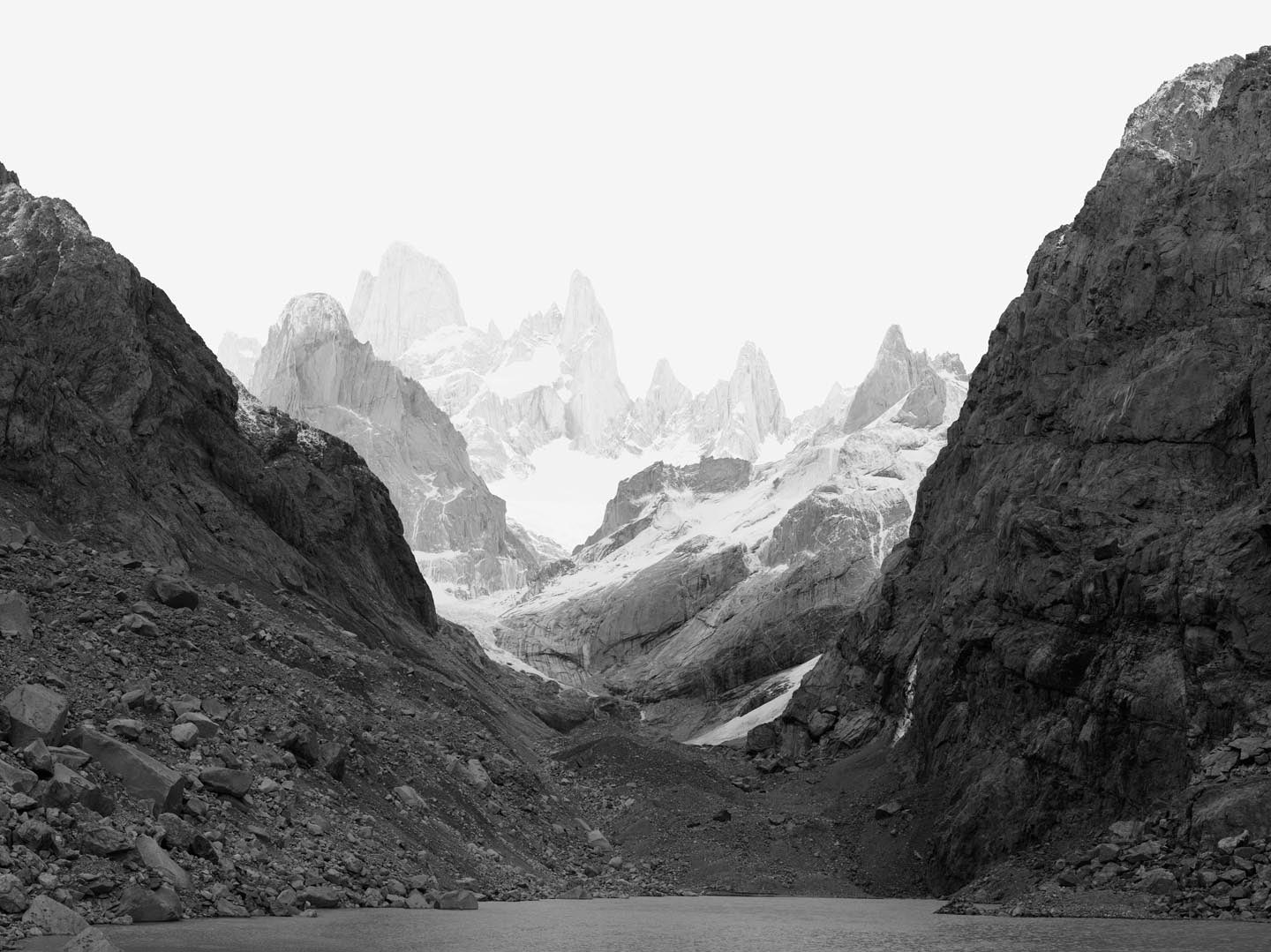
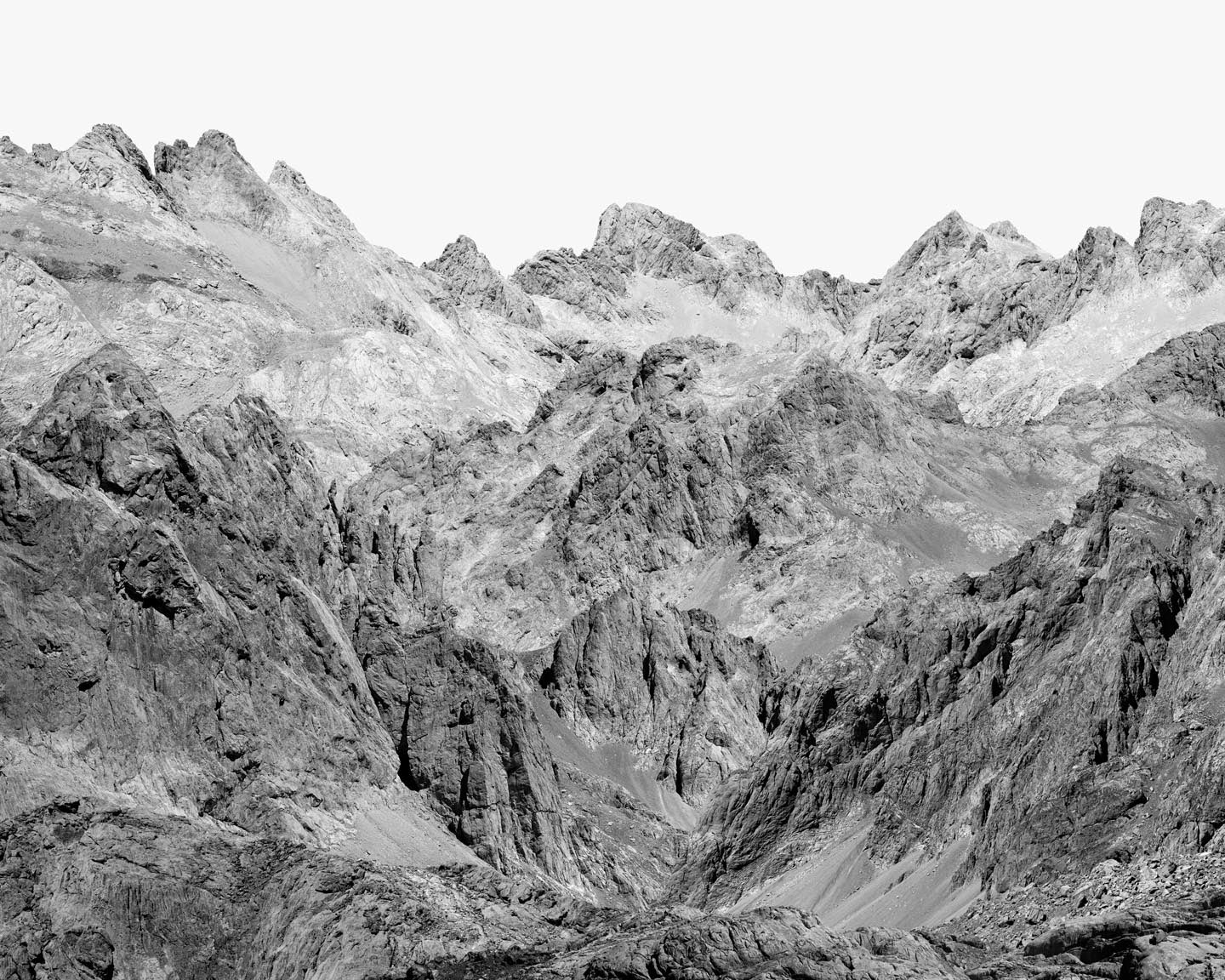
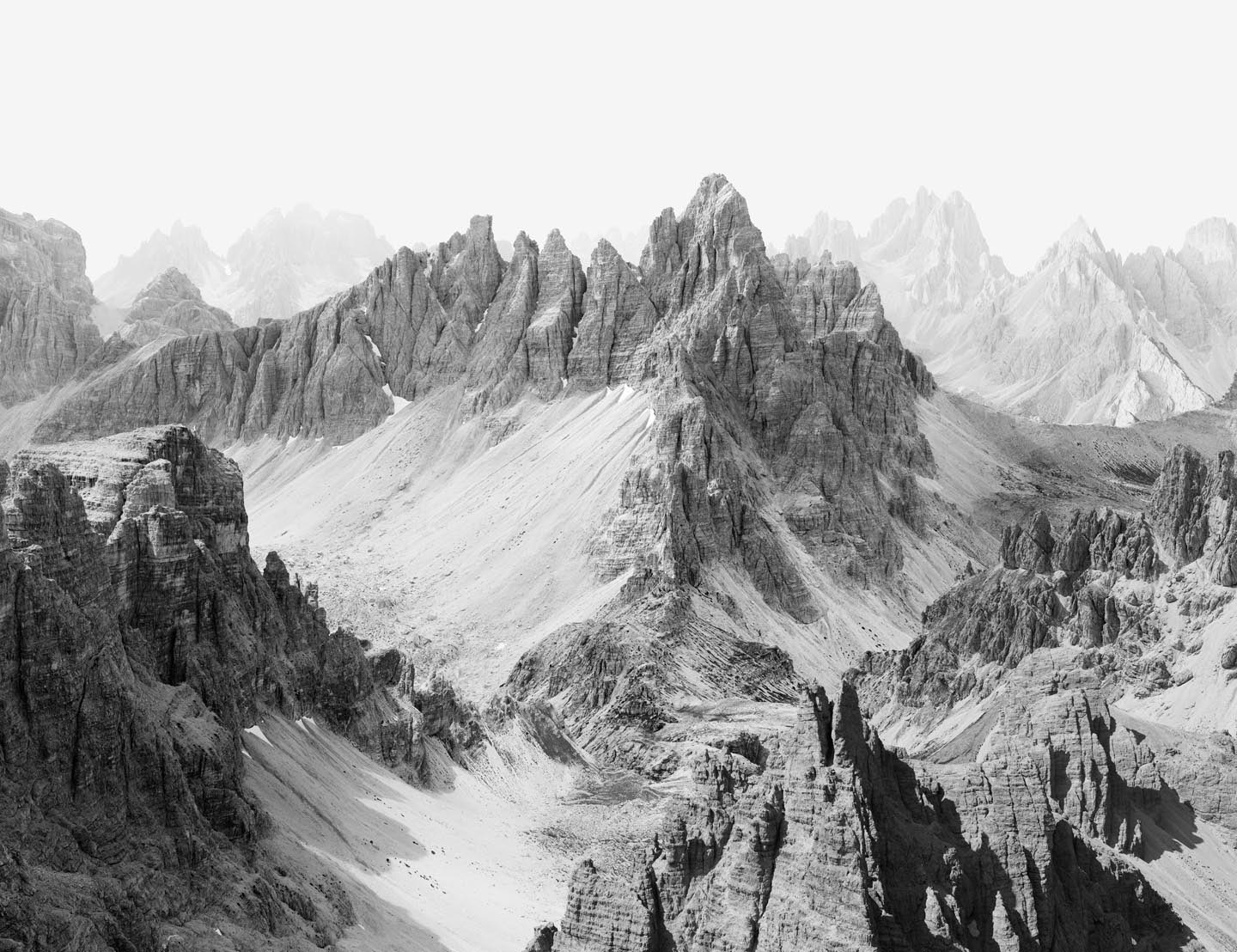

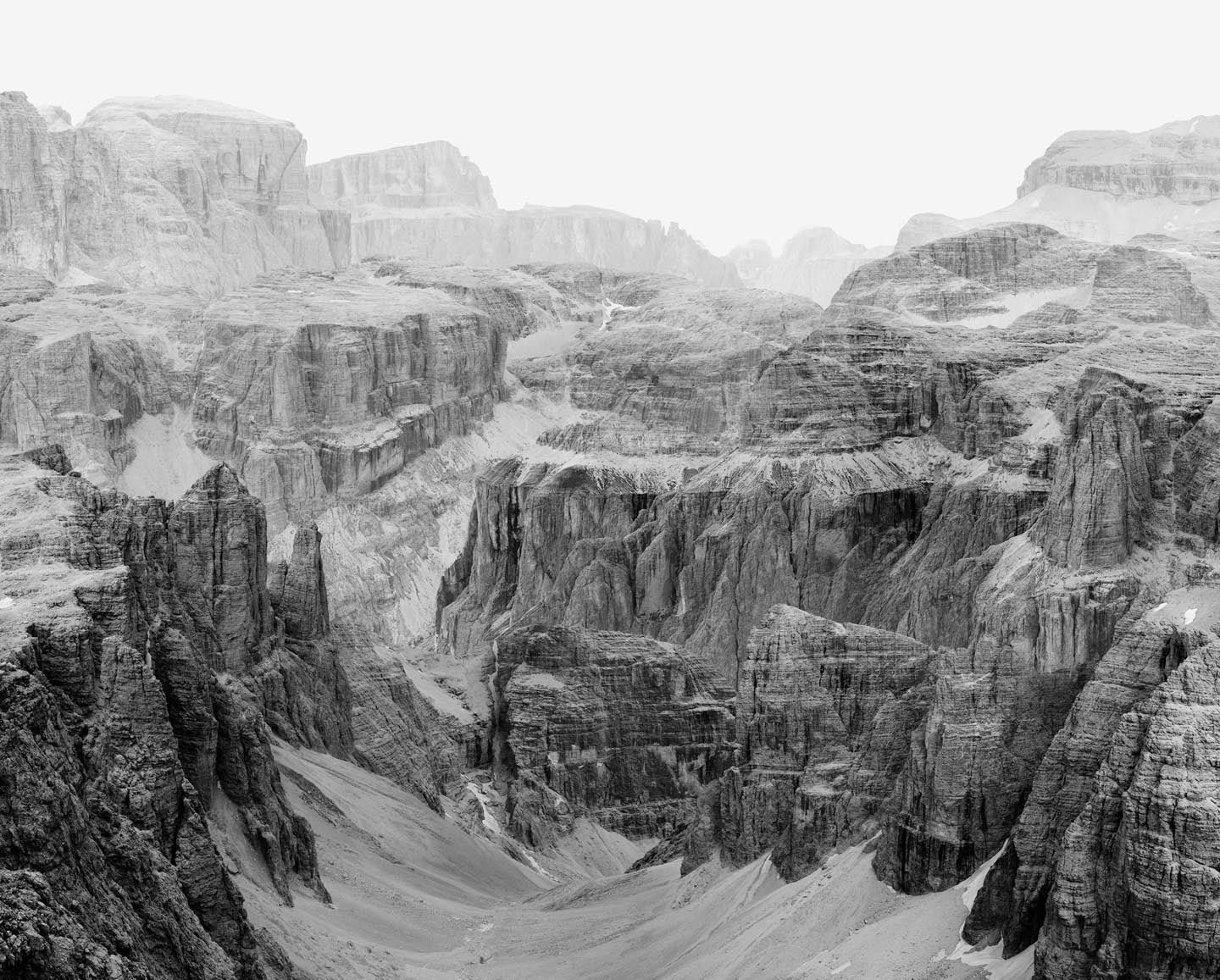
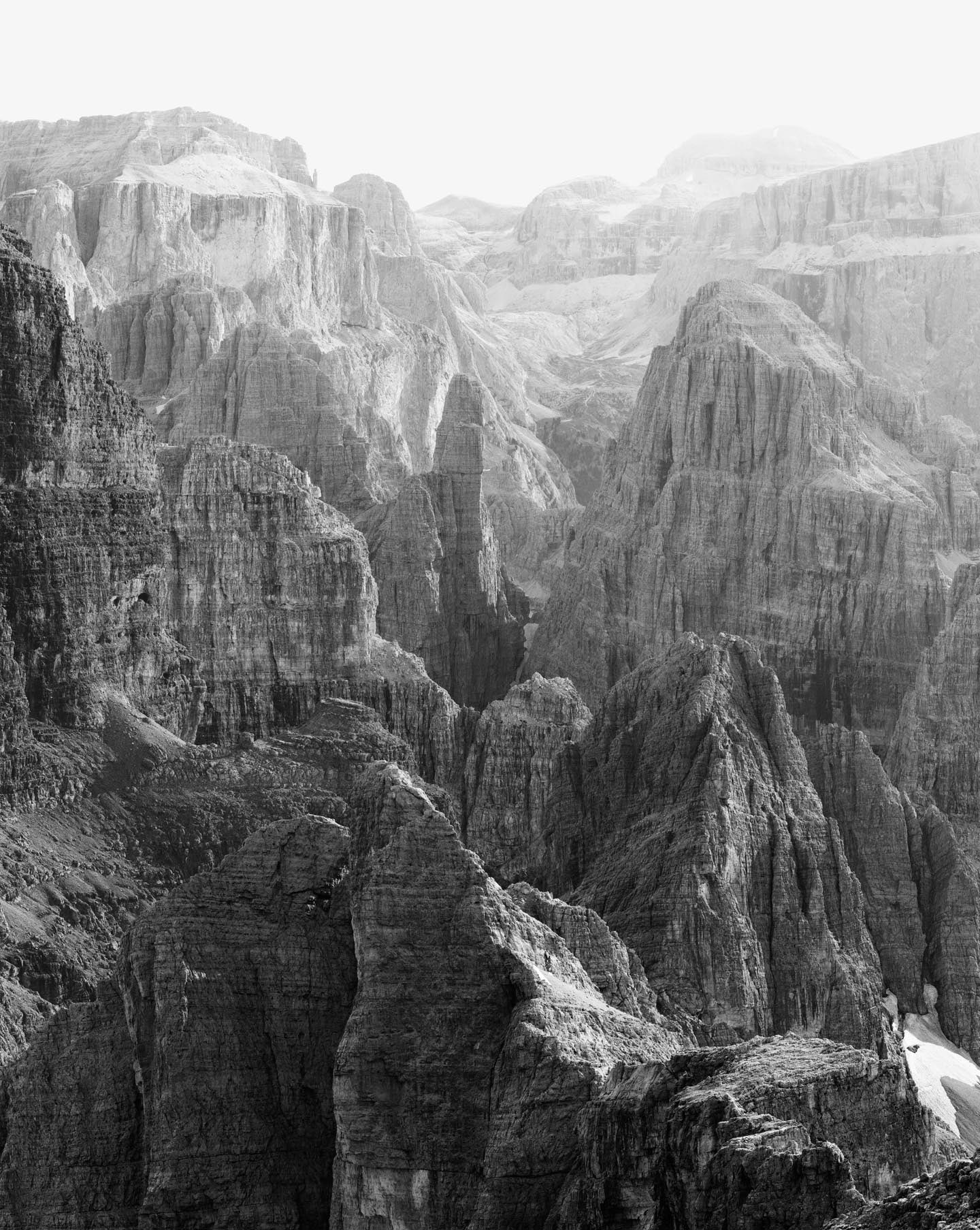
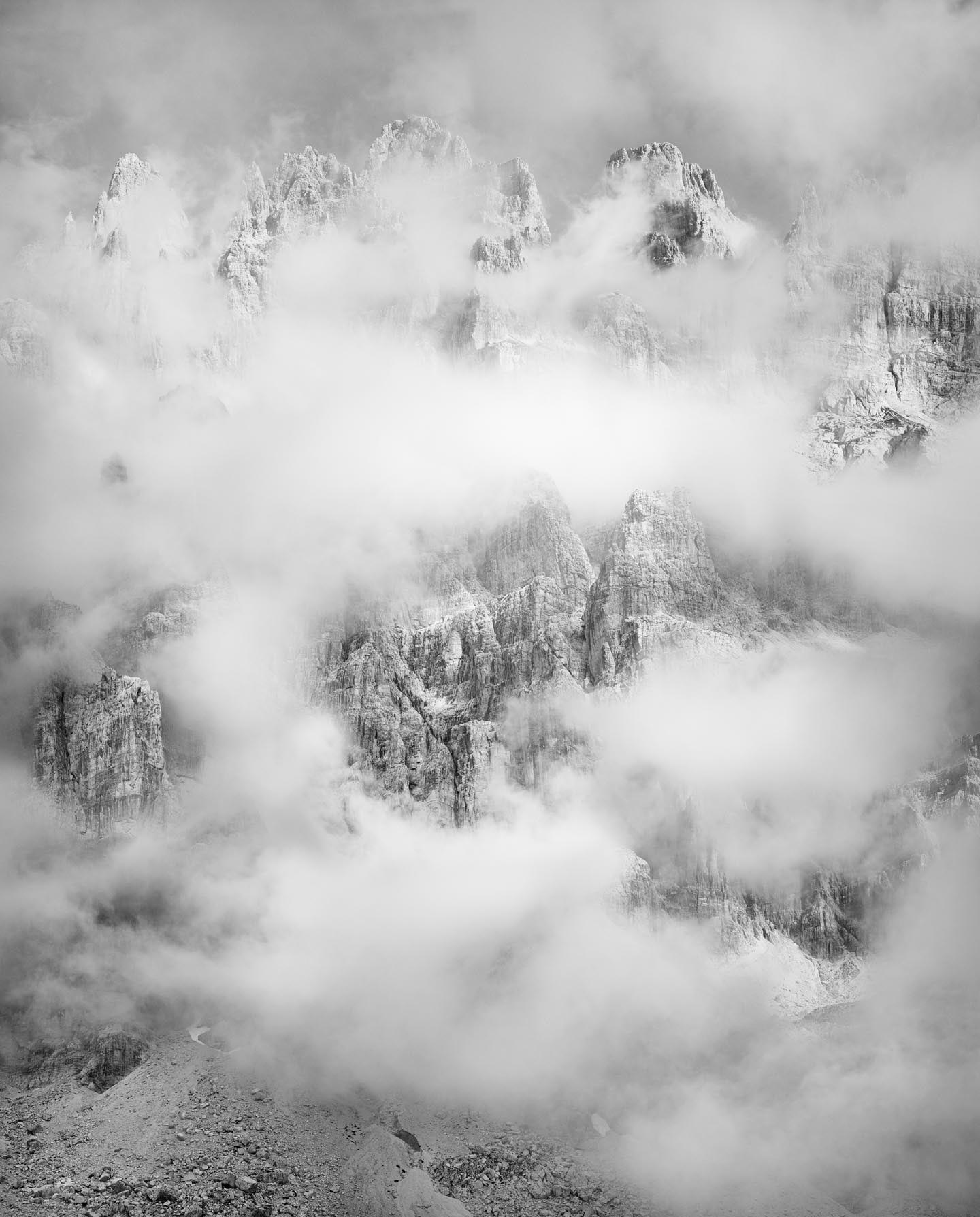
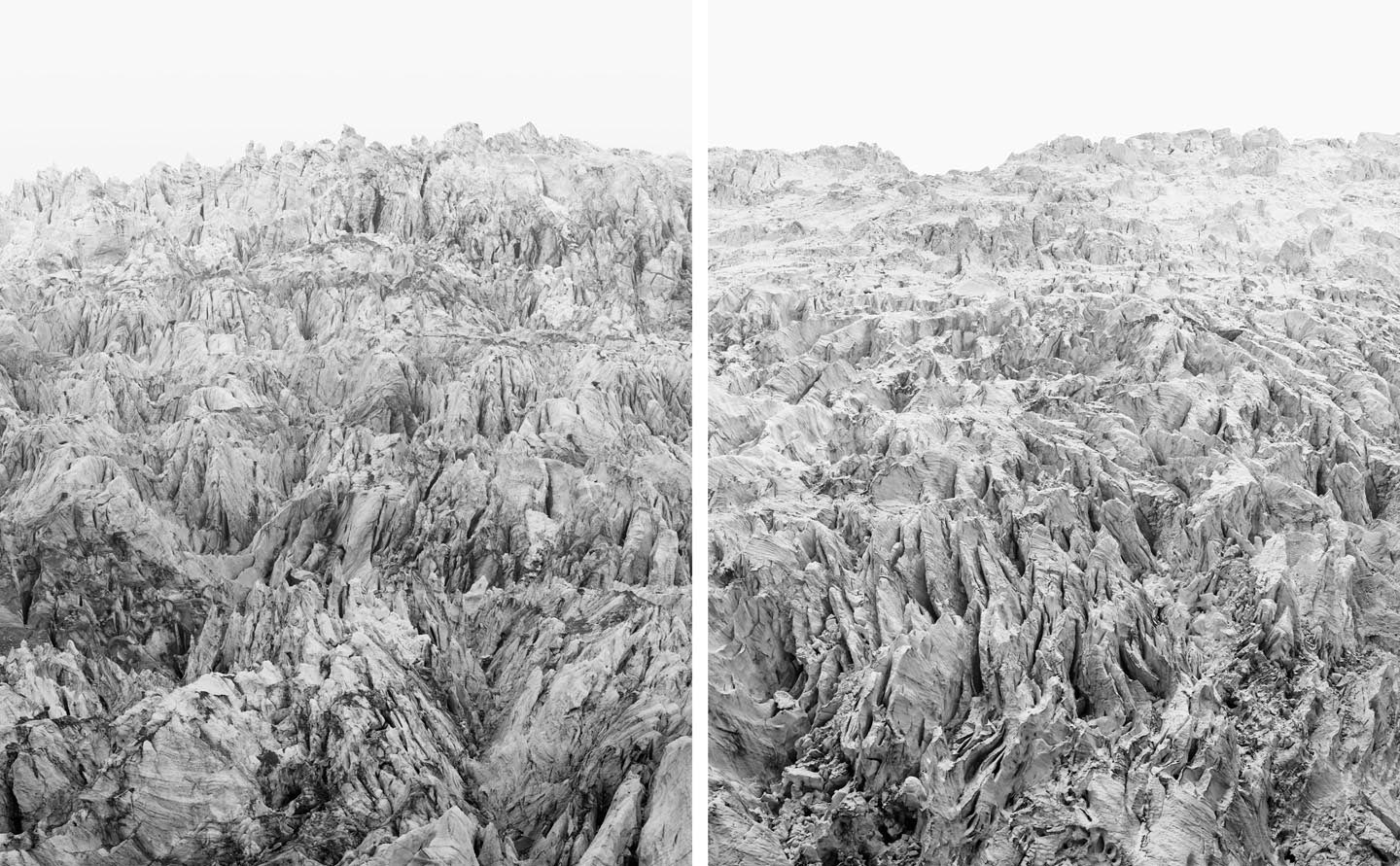
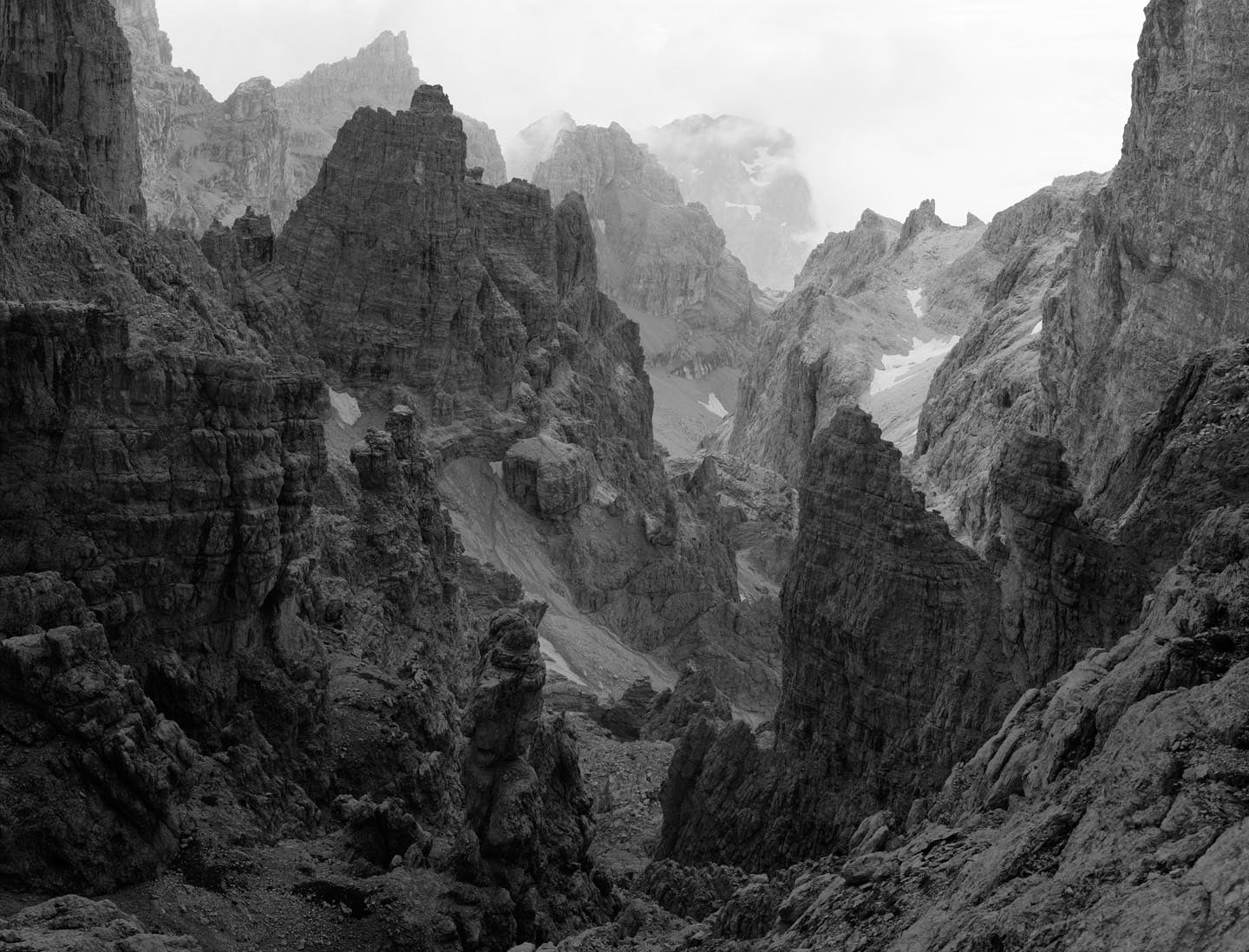
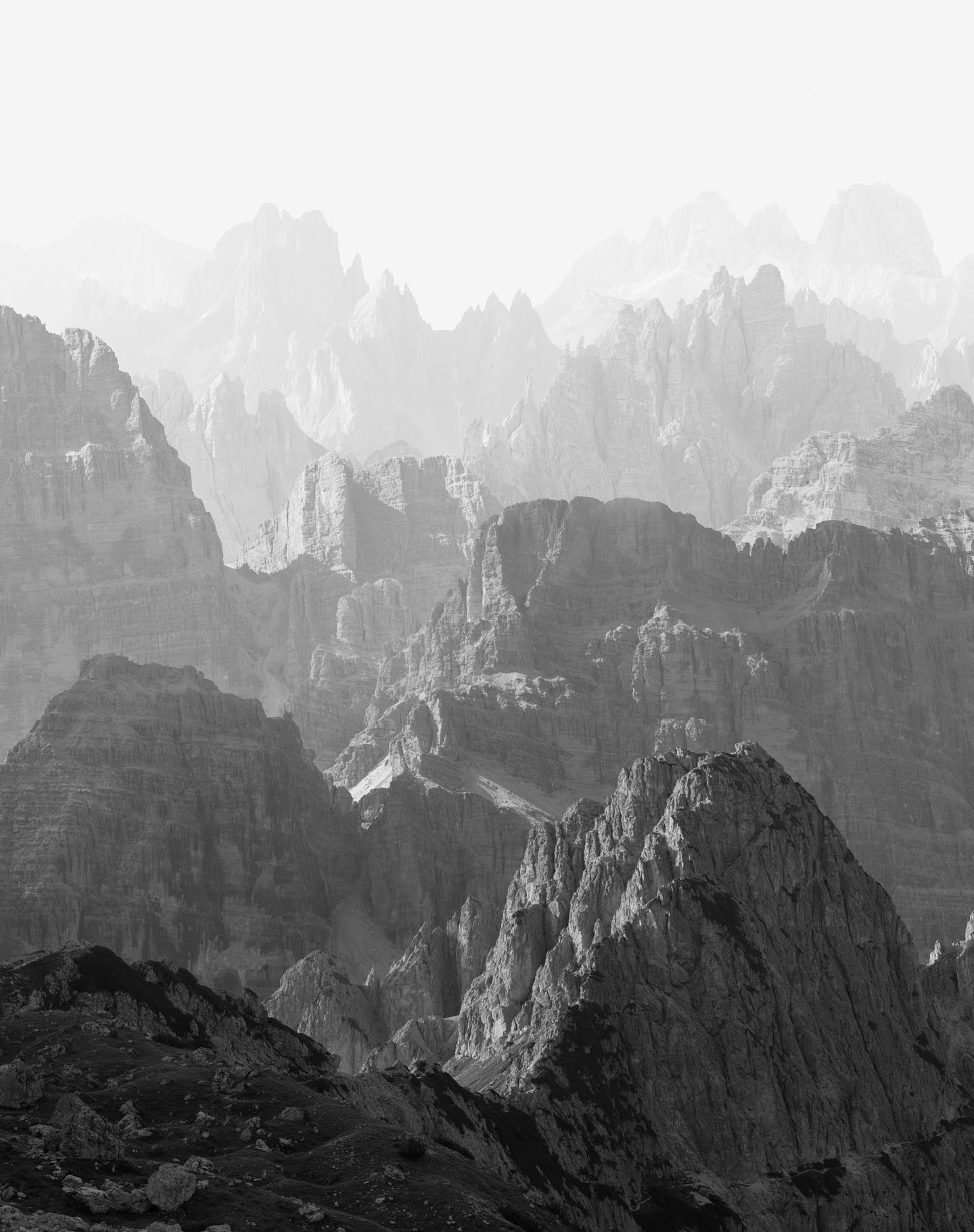

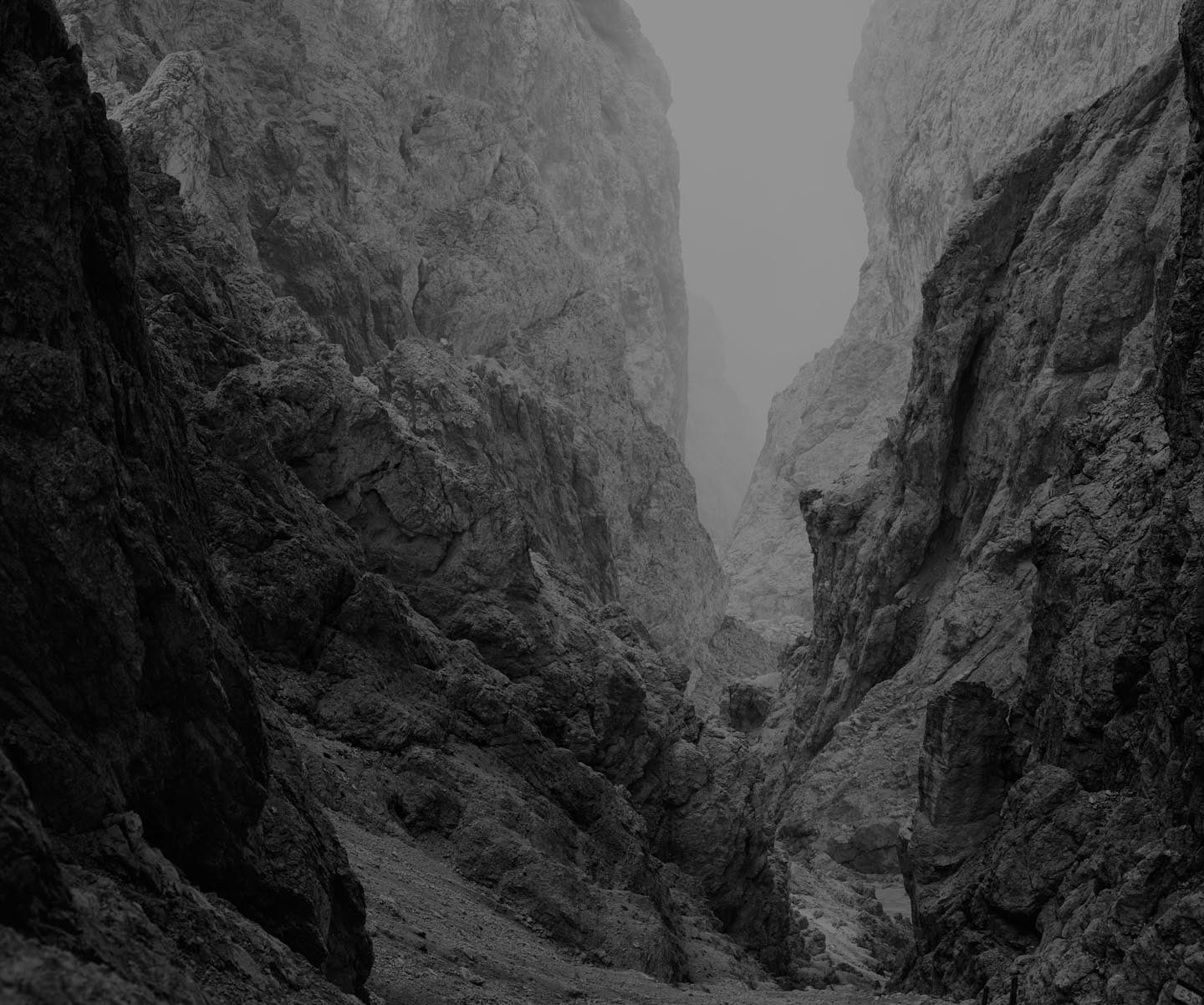
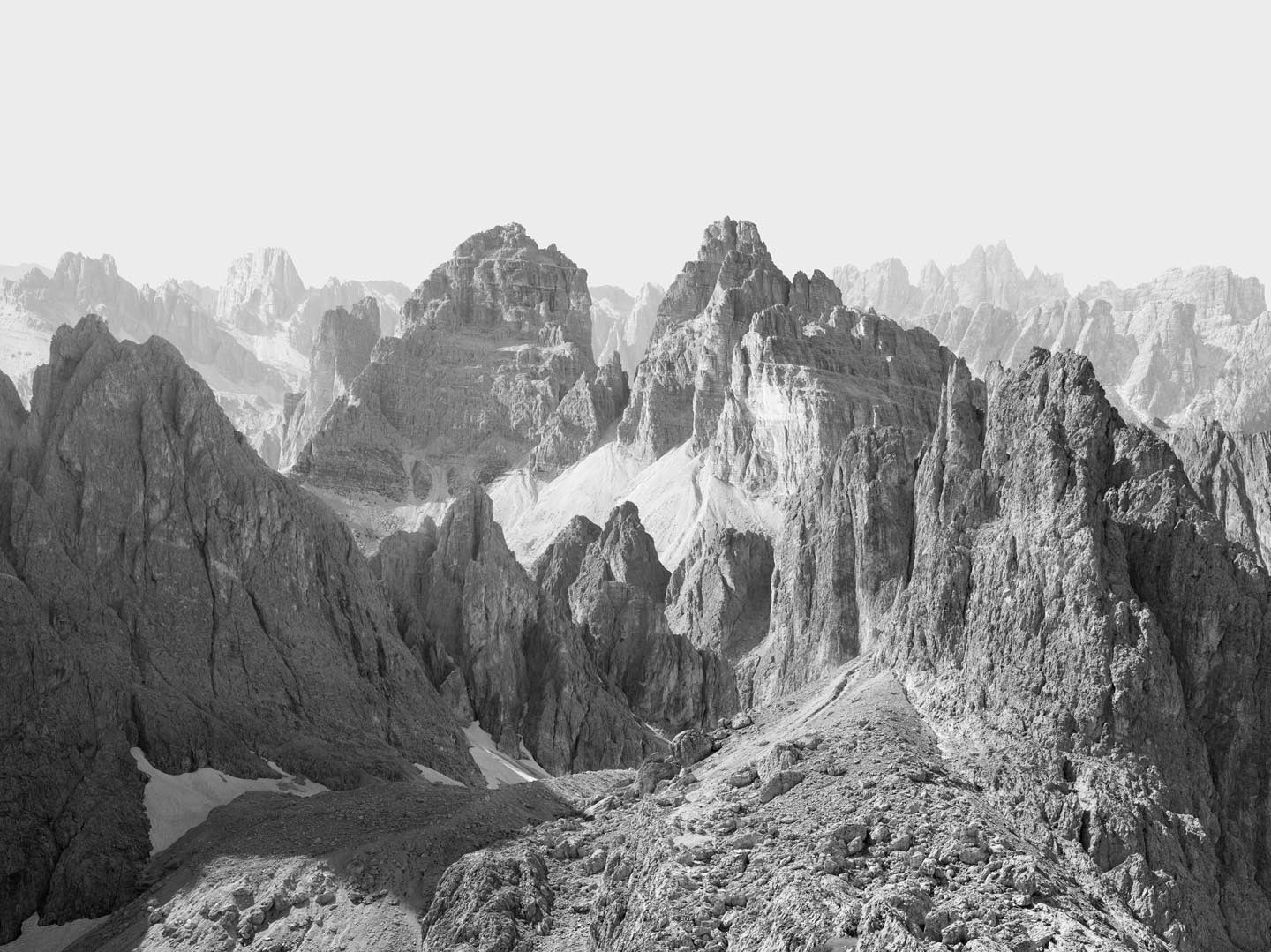

37 year-old Argentinian photographer Fernando Maselli shares some background to Artificial Infinite, a series of photographs of mountainous landscapes digitally created from original pictures. The work is Fernando’s attempt to visually represent the philosophical idea of the sublime.
Hello Fernando, thank you for this interview. What are your main interests as a photographer?
My interest in photography goes in two directions: there’s commercial photography, which is how I make a living and finance my personal projects; and there’s fine art photography, which is what excites me and interests me the most.
Please introduce us to Artificial Infinite.
Artificial Infinite is a photographic enquiry on the aesthetic status of the sublime, represented as a controlled fear that attracts the soul. The sublime is usually associated with qualities like immensity, infinity, emptiness, loneliness, or silence. In Artificial Infinite, I use steep mountain ranges as the visual embodiment of what we may call “the terrifying sublime”.
The landscapes in the series were recreated through a complex photographic staging points at the appeal of the unassailable, the cravings that humans hold for the unknown strongholds of nature. This recreations, that pursue the bewilderment of the sublime, embrace at the same time, ones of the vehicular concern of contemporary photographic discourse: the elucidation of the boundaries between reality and its representation.
The Artifical Infinite photographs are the result of a range of different manipulation techniques. Can you describe these techniques, and why you used them?
To make this photographs, I spent several days in the mountains, setting up bivouacs and taking pictures of the same mountain range from various angles. Later, in my studio, I used techniques such as fragmentation, repetition, proliferation and superposition to highlight the magnificence of the mountains. By recomposing parts of the different pictures, I tried to achieve the effect of infinity through the construction of new, imagined landscapes.
How did you get the idea for Artificial Infinite, and what is your main intent behind these images?
I got the idea for this series after working on Hierophanies, my previous project about the sacred places of the Iberian peninsula. That work led me to travel many times to the Pyrenees and Picos de Europa mountains – that’s where I discovered my passion for these landscapes and decided to start a new project focusing on mountains.
While doing research for Artificial Infinite, I read the book A Philosophical Enquiry Into The Origin Of Our Ideas Of The Sublime And Beautiful by Edmund Burke. In the book, Burke examines certain physical aspects of nature and its effects on the mind that arise in us a sense of sublime. In my photographs, I appropriated some of those concepts to develop my own investigation into the sublime; I focused on elements like vastness, darkness, hugeness, and especially an attribute that Burke calls artificial infinite, which consists in the succession and uniformity of fractions. In other words, it is the repetition of an element in a constant and uninterrupted configuration that generates in the viewer a sense of infinity, one of the qualities of the sublime.
Artificial Infinite comes with a short video in which we see you hiking on the mountains to shoot the photographs you later used for your compositions. Can you describe what kind of experience it is to work in the wilderness?
In order to reach these inaccessible places I had to take several courses in mountaineering, and trained hard to be able to load all the necessary equipment during my climbs. I knew it from the start that this project required me delving deep into the mountains and feel the loneliness, fear and physical fatigue of a solo climber, as well as the emotion of being surrounded by the great beauty that comes with the danger of being alone in the wild. Burke describes the sublime with these words: “The passion caused by the great and sublime in nature, when those causes operate most powerfully, is astonishment; and astonishment is that state of the soul in which all its motions are suspended, with some degree of horror”.
It was a great experience where I learned a lot about myself.
Did you have any specific references or sources of inspiration in mind for Artificial Infinite?
Mainly Burke’s book. Kant also wrote about the concept of the sublime; and I had in mind the paintings from the Romantic era, and those by William Turner and Caspar David Friedrich in particular.
What do you hope gets across to the viewer seeing your images?
With Artificial Infinite I’m trying to create a fictional landscape that may leave the viewer confused and also impressed with the magnificence of nature.
What have been the main influences on your photography?
Mainly photographers of the Düsseldorf School like Axel Hütte, Andreas Gursky and Thomas Struth. Also, early landscape photographers like Timothy O’Sullivan or Carleton Watkins.
Who are some of your favorite contemporary photographers?
Thomas Joshua Cooper, Jem Southam, Richard Misrach, Florian Maier-Aichen.
Choose your #threewordsforphotography.
Nature. Texture. Shape.
Keep looking...
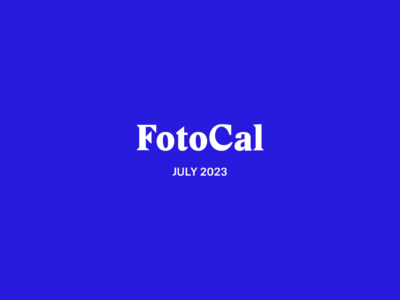
FotoCal — Photography Awards, Grants and Open Calls Closing in July 2023
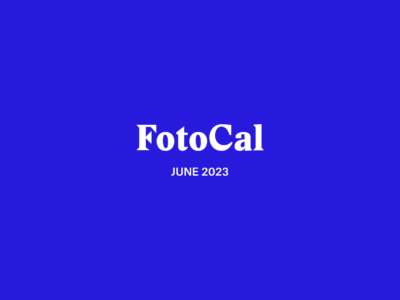
FotoCal — Photography Awards, Grants and Open Calls Closing in June 2023
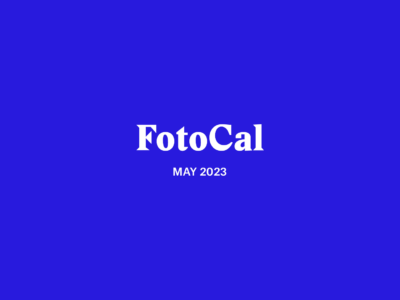
FotoCal — Photography Awards, Grants and Open Calls Closing in May 2023
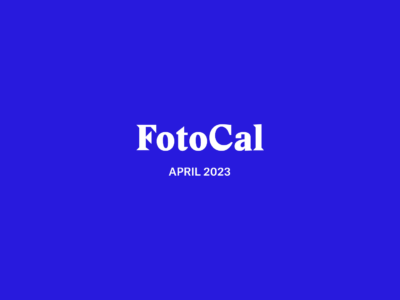
FotoCal — Photography Awards, Grants and Open Calls Closing in April 2023
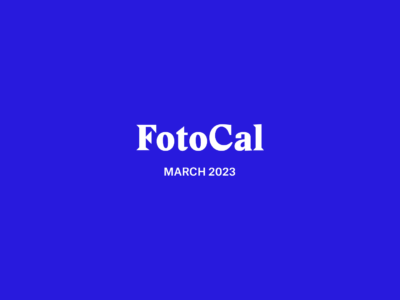
FotoCal — Photography Awards, Grants and Open Calls Closing in March 2023
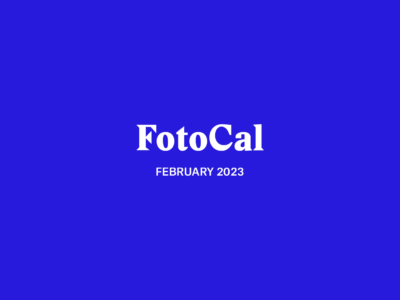
FotoCal — Photography Awards, Grants and Open Calls Closing in February 2023
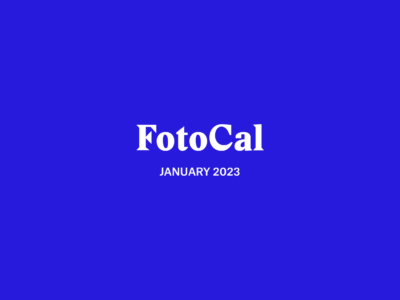
FotoCal — Photography Awards, Grants and Open Calls Closing in January 2023
